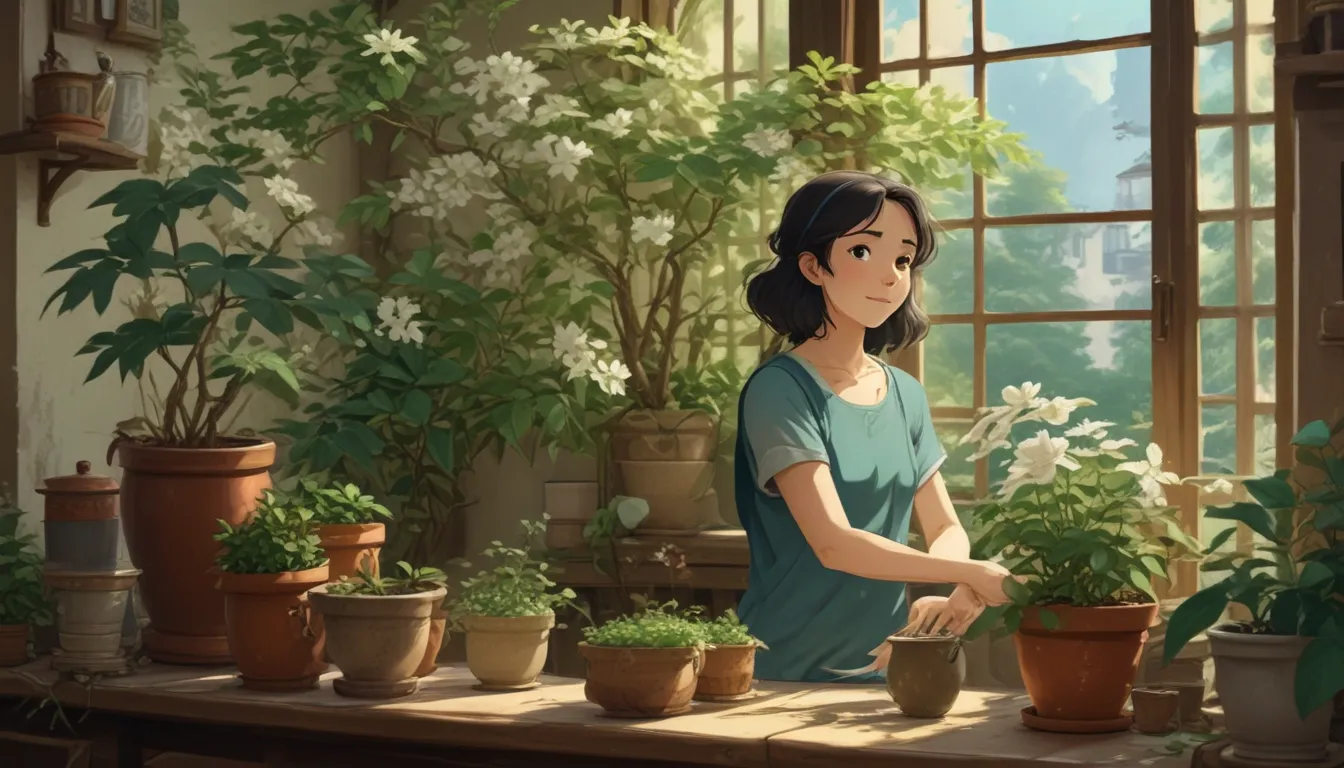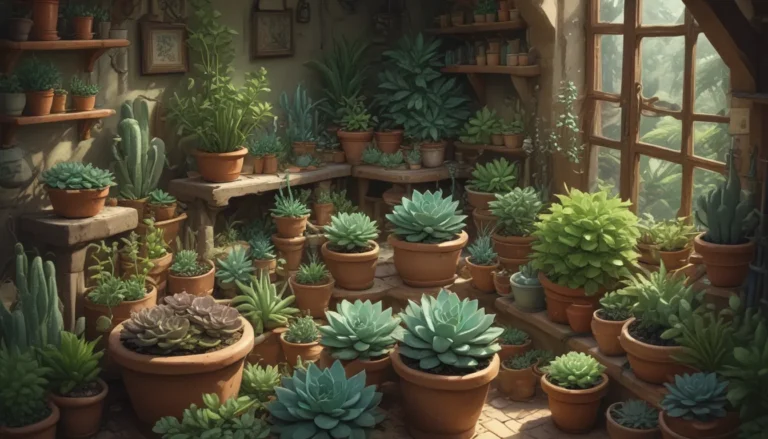Comprehensive Guide to Growing Jasmine Indoors

When it comes to indoor growing, jasmine is undoubtedly one of the top choices for plant enthusiasts. With its deep green foliage and beautiful white blossoms that emit a pleasant fragrance, jasmine adds beauty and elegance to any indoor space.
In this guide, we will explore everything you need to know about growing jasmine as a houseplant. From selecting the right species and cultivars to choosing the perfect container and providing proper care, we will cover all aspects of indoor jasmine cultivation.
What You’ll Learn
- Growing Jasmine as a Houseplant – A detailed look at the Jasminum genus and its characteristics.
- Species and Cultivars to Select – Recommendations for the best jasmine varieties for indoor cultivation.
- Choosing the Right Container – Tips for selecting the perfect container for your jasmine plant.
- Caretaking – Essential care tips to ensure the health and vitality of your indoor jasmine.
- Growing Tips – Helpful advice to maximize the growth and blooming of your jasmine plant.
- Pruning and Maintenance – Techniques for maintaining the shape and health of your plant.
- Fertilizing – Recommendations for feeding your jasmine to encourage budding and blooming.
Growing Jasmine as a Houseplant
The Jasminum genus comprises a variety of flowering shrubs and vines. These plants, members of the olive family, produce small blooms and exhibit evergreen foliage in warm environments. While some species share the common name “jasmine,” it’s essential to distinguish true jasmine varieties from others that are not part of the Jasminum genus.
Indoor cultivation of jasmine plants requires specific care to prevent overgrowth. Regular pruning, adequate airflow, and proper sunlight exposure are crucial for maintaining the health of your indoor jasmine. Additionally, it’s essential to use well-draining soil and provide the necessary support for climbing varieties.
Species and Cultivars to Select
When selecting jasmine varieties for indoor growing, consider the following options:
- Common Jasmine (J. officinale): Known for its strong, heady scent and compact growth habit.
- Arabian Jasmine (J. sambac): Features shrubby growth and white blossoms with a hint of yellow.
- Parker’s Jasmine (J. parkeri): A dwarf species with bright yellow blooms and a mounded form.
Each of these varieties offers unique characteristics that make them suitable for indoor cultivation. Choose the one that best fits your preferences and space requirements.
Choosing the Right Container
Selecting the right container is essential for successful jasmine cultivation. Ceramic vessels are recommended for their porous nature, allowing for proper oxygenation and moisture control. Ensure that the container has drainage holes to prevent waterlogging and root rot.
When potting your jasmine plant, use a well-draining potting mix and avoid burying the stems too deeply. Monitor the soil moisture levels regularly and adjust your watering frequency based on the plant’s needs.
Caretaking
Proper care is essential for the health and vitality of your indoor jasmine plant. Here are some essential caretaking tips:
- Soil: Use rich, loamy soil with added sand or bark for improved drainage.
- Sunlight: Provide at least six hours of direct sunlight per day for most jasmine varieties.
- Temperature: Maintain consistent temperatures between 60-75°F for optimal growth.
- Support: Use a trellis or frame to support climbing varieties.
- Watering: Monitor soil moisture levels and water your plant as needed to prevent drought or overwatering.
Regularly check for pests and diseases and address any issues promptly to ensure the long-term health of your indoor jasmine.
Growing Tips
- Container: Choose a container with proper drainage and weight distribution.
- Support: Provide support for climbing varieties to encourage healthy growth.
- Soil: Use a well-draining potting mix with added sand or bark.
- Moisture: Monitor soil moisture levels to prevent under or overwatering.
Pruning and Maintenance
Pinching is an essential part of maintaining the shape and blooming of your jasmine plant. Regular pruning helps prevent dense growth and promotes healthy blooming. Consider fertilizing your plant to enhance budding and blooming, especially in container-grown specimens.
In conclusion, growing jasmine indoors can be a rewarding experience that adds beauty and fragrance to your home. By following these tips and guidelines, you can cultivate a healthy and vibrant jasmine plant that will thrive year-round.
If you have any questions or need further assistance with growing jasmine indoors, feel free to reach out to us. We’re here to help you create a beautiful indoor garden that you can enjoy for years to come.
Additional Resources
- Why Is My Jasmine Plant Dropping Leaves?
- How to Prepare Jasmine Plants for Cold Weather
- How to Prune and Control Asiatic Jasmine Vines
Remember, successful indoor gardening requires patience, attention to detail, and a love for plants. With proper care and maintenance, your indoor jasmine plant will flourish and reward you with its beauty and fragrance.
Happy gardening!





